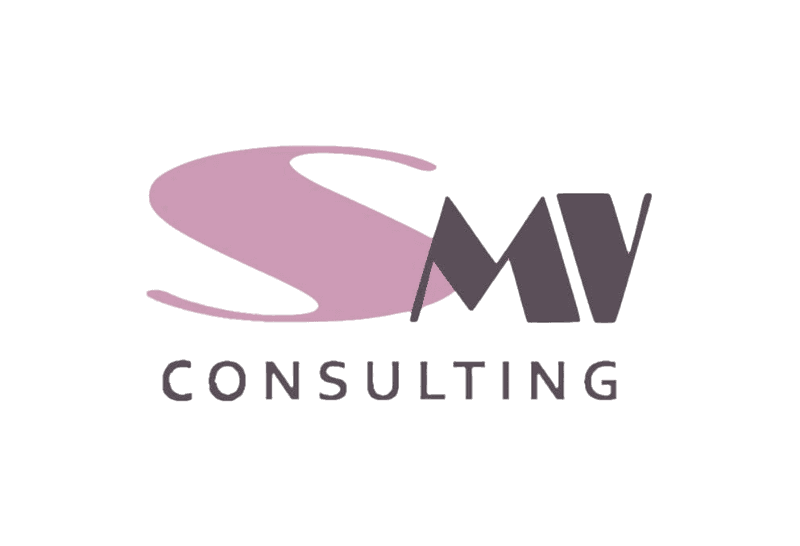
Economic Review Morocco, May 2023
www.hcp.ma
The economy of Morocco in 2022 shows high volatility compared to 2020, 2021. The country experienced a booming economy in 2021 as a result of the coronavirus pandemic in 2020, and economic growth declined significantly in 2022.
For instance, there was a noticeable slowdown in the growth of the national economy in the 4th quarter of 2022 compared to the 4th quarter of 2021.
GDP increased by 0.5% instead of 7.6% in the same period last year. The agricultural sector had a main impact on the decline in growth due to a fall in GDP by 15.1%, while the non-agricultural sector showed an increase of 2.3%. The fall in GDP in the agricultural sector was observed throughout 2022, the growth of GDP in the non-agricultural sector remained within 2.3-4.3% quarterly during 2022.
Change in economic growth (GDP, %)
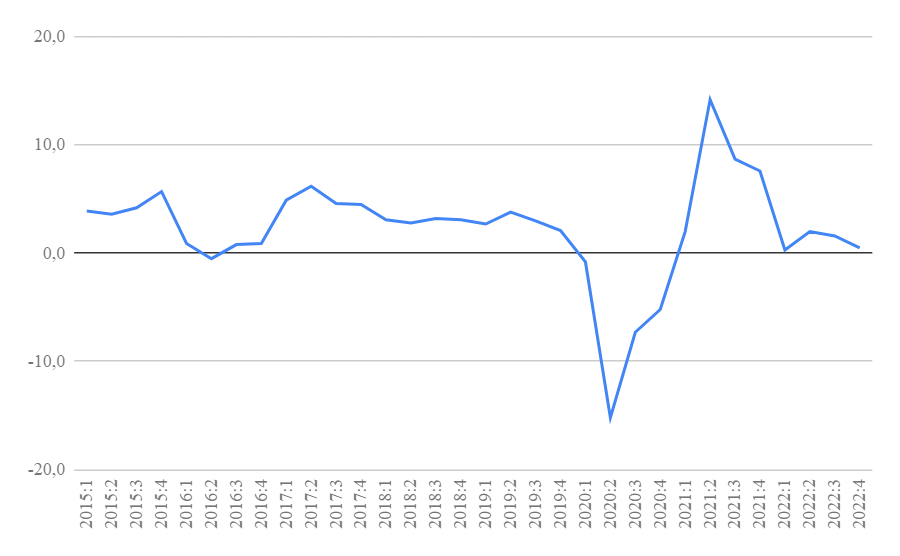
GDP growth in Q4 2022 by 0.5% compared to Q4 2021 occurred against the backdrop of growing external demand, high inflation and increased funding for the national economy.
At current prices, GDP in the 4th quarter of 2022 grew by 5.8%, which led to an increase in the general price level by 5.3% instead of 4.9% in the 4th quarter of 2021. That is, GDP at current prices grew due to cost factor, and not due to an increase in physical volume of sales. This confirms a 1.7% contraction in domestic demand in Q4 2022, instead of an increase of 11.6% in Q4 2021.
In this regard, the increase in gross investment in the country’s economy decreased to 9.6% compared to 23.5% in Q4 2021
Exports and imports in physical terms increased by 2.4% in the 4th quarter of 2022 compared to the same period last year, when there was a decline of 4.8%. It also kept GDP growth close to zero.
Due to the modest increase in GDP in 2022, the annual GDP per capita in 2022 remains approximately at the level of 2021. In 2021, GDP per capita amounted to 35,363 dirhams/person, which is 10% more than in 2020.
GDP per capita, dirhams
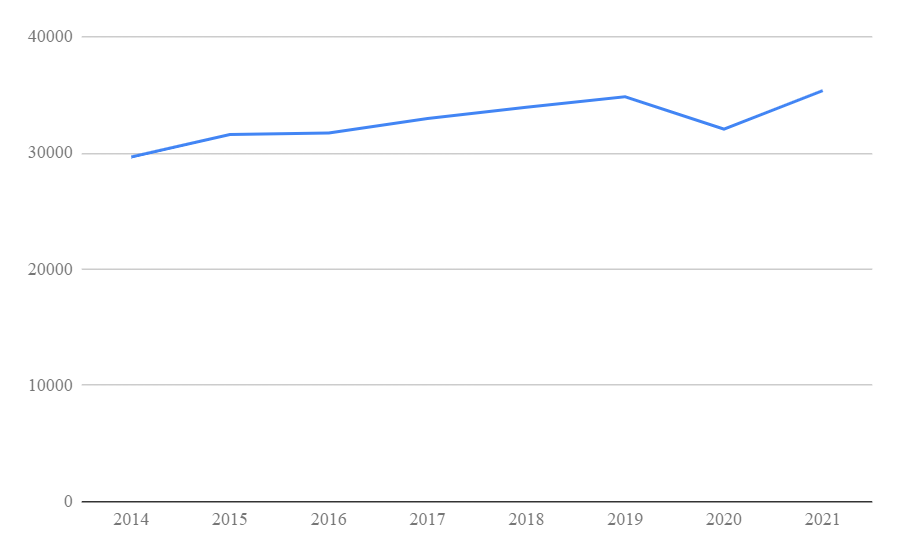
Actual inflation in Q3 2022 was 8% YTD, including 4% in Q1 2022 and 6.3% in Q2 2022. 3rd quarter of 2022 inflation was the highest inflation rate in the last 9 years, including the period of coronavirus infection.
Inflation, %
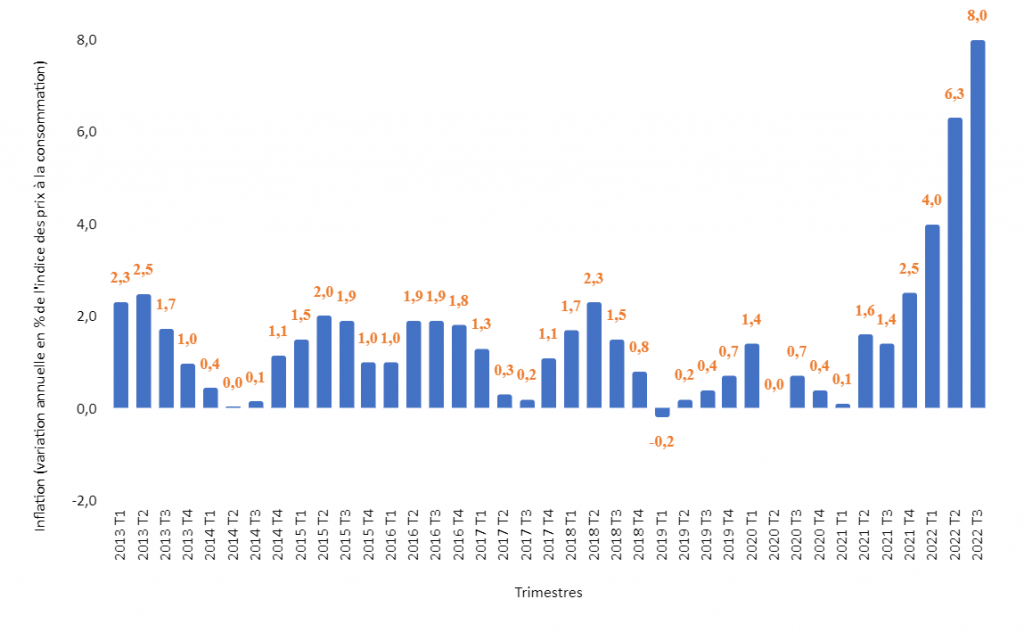
High inflation indicators are confirmed by the Consumer Price Index (CPI), which amounted to 110.8 in 2022, including:
• CPI food sector 114.4
• CPI non-food sector 108.5
Annual consumer price index (CPI 2017) by main business lines
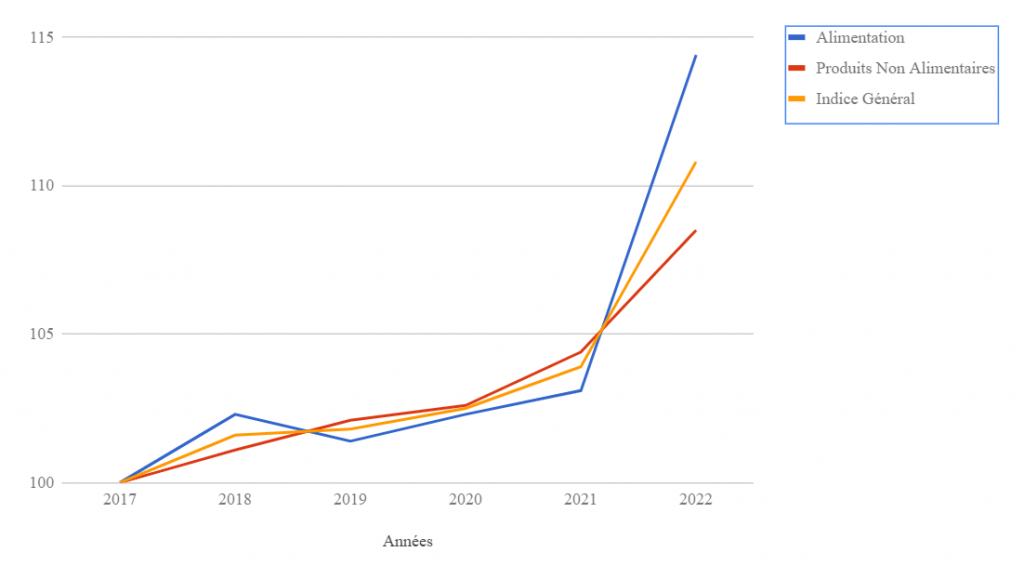
State links the factors that affect the Moroccan economy with those that affect the world economy. Q4 2022 performance both globally and in Morocco was affected by monetary tightening, energy crisis and continued strong inflationary pressures.
According to forecasts for 2023, the global economy should show growth due to unfulfilled fears of a recession because of projected sharp increase in energy prices. International trade is set to pick up as supply chain tensions ease, although Eurozone and US inflation figures are projected to be high in 2023.
Morocco expects 2023 GDP growth of 4% due to increased external demand for products and services. Already in the 1st quarter of 2023, it is planned to increase GDP by 3.4%. This will be mainly driven by a recovery in agriculture amid favorable climate conditions and a modest improvement in non-agricultural performance.
At the same time, the actual CPI figures for April 2023 again show a 1.4% increase in the CPI compared to April 2022, mainly due to the continued growth of the CPI for food products by 3.2% and a slight stagnation in the CPI for non-food products. Accordingly, we can conclude that the inflation rate in the 1st quarter of 2023 will be higher than the same period of 2022.